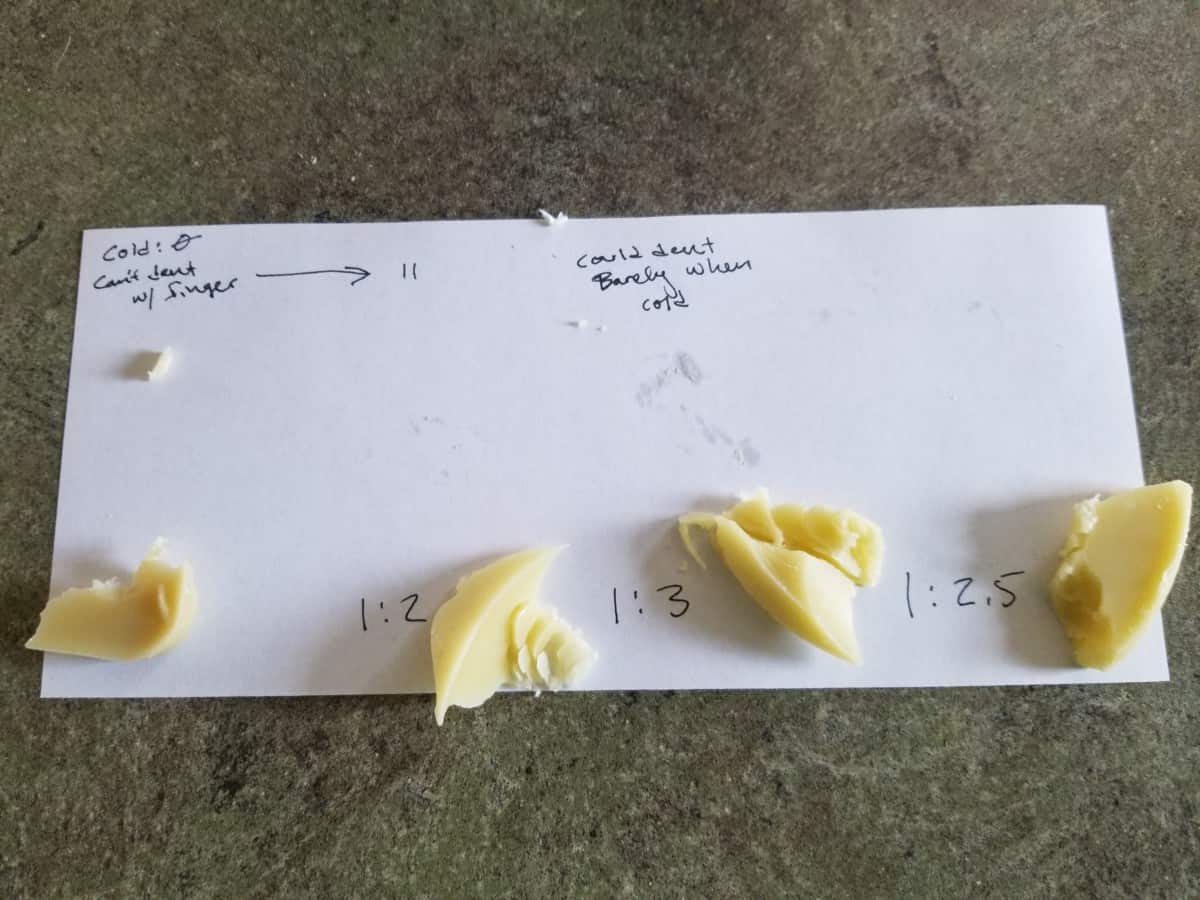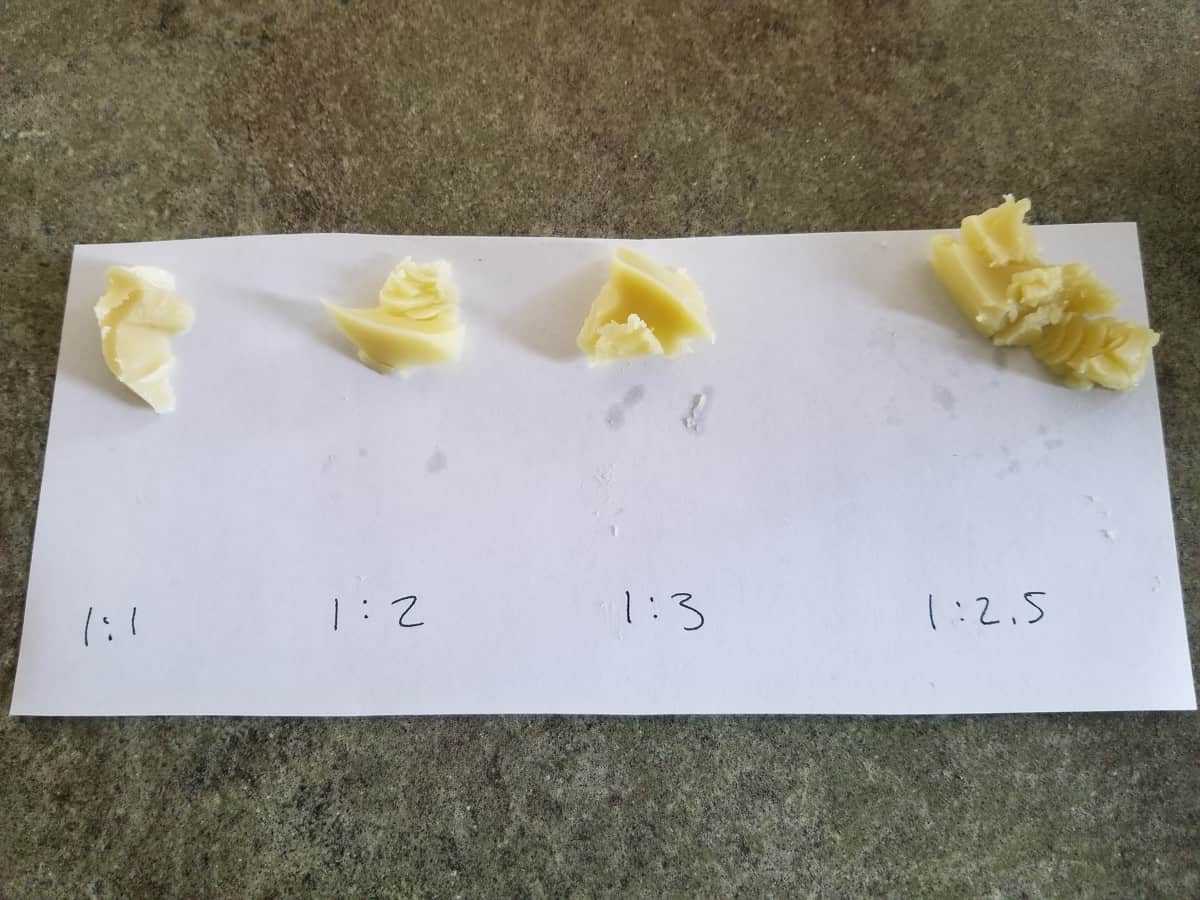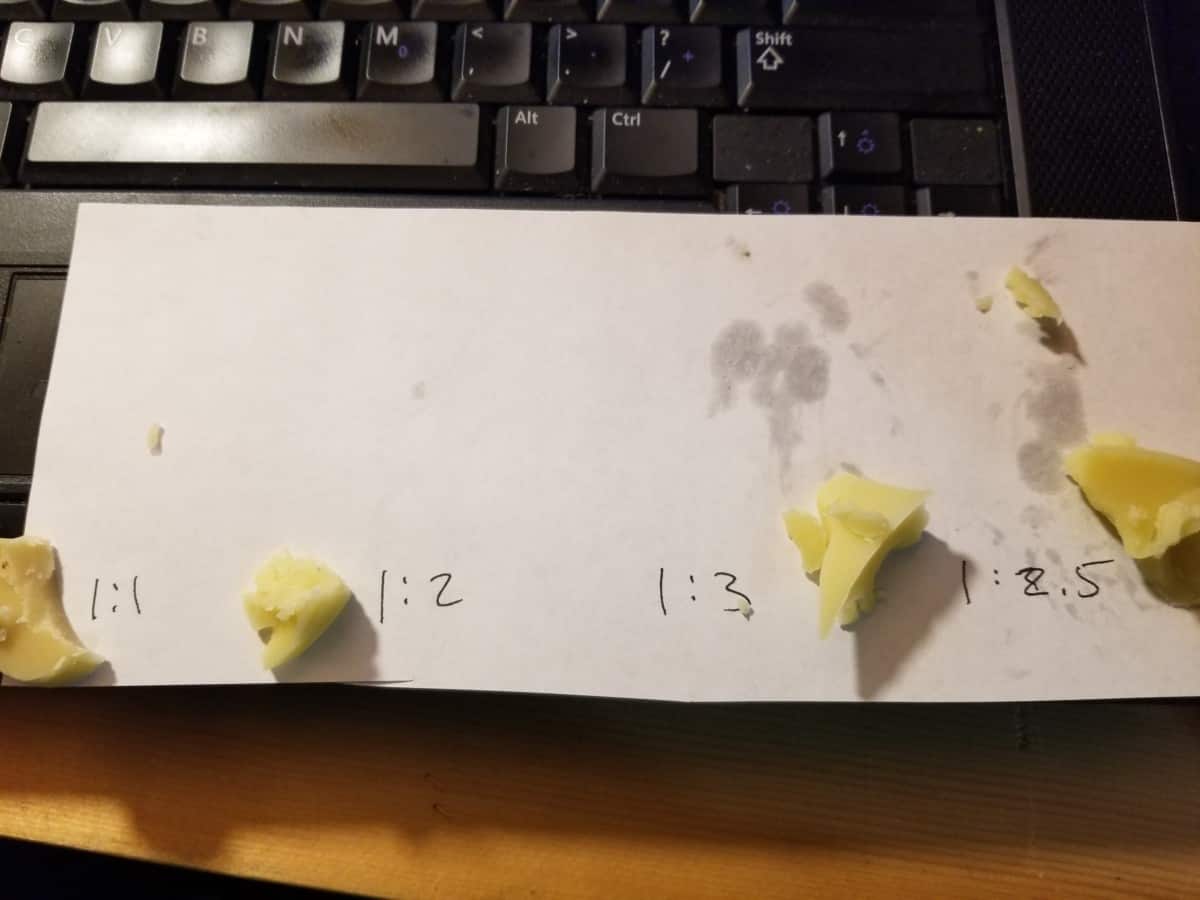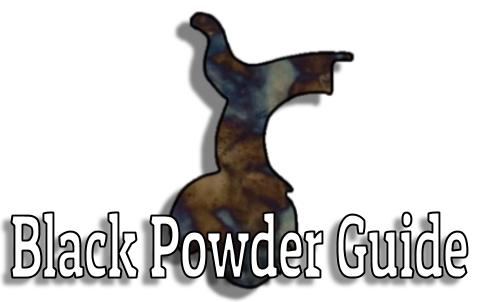Got your first cap and ball revolver and now you want to make your own lube but don’t know what materials or mixtures to use?
I’ve got you covered!
When I first got into the sport, the first recipe I saw was from the Duelist1954 YouTube channel and he recommended 2 parts lamb’s tallow to 1 part bees wax.
After having spent $600 on the revolver itself and the accessories for casting lead, etc., I was not in a hurry to spend another $20 to $30 on a jar of lamb’s tallow — my wife is cutting me off and I have to use what’s at hand!
Since I have made my own balms and salves before using bees wax and olive oil, I decided to do some experiments. I’ll get into all of the results, but if you’re here for the quick and easy answer, here we go.
A simple black powder lube recipe that works well for lubricating parts and covering the chambers is a ratio of 1 part bees wax to 2 parts olive oil. The lube ratio for making wads is best at 1 part bees wax to 1 part olive oil to prevent oil from leaching into the powder.
As we continue, I’ll show you all the blends I tested and the pros and cons of each of them.
What Black Powder Lube Ratios I Tested:
I used the following ratios of 100% Bees Wax to Extra Virgin Olive Oil:
- 1:1
- 2:3 (1:1.5)
- 1:2
- 2:5 (1:2.5)
- 1:3
I primarily was looking to test the texture, how badly it leaches oil (how runny is it), and how spreadable it is.
I weighed everything with grams to get a more precise measurement than ounces on my scale, and I melted each batch individually in a junk slow cooker.
Table of Results for Black Powder Lube Recipes
Comparing Black Powder Lube Recipes (Bees Wax to Oil) - SCROLL RIGHT ON MOBILE
| Ratio (Wax to Oil) | Texture | Leeches Oil at 36 Degrees? | Leeches Oil at 70 Degrees? | Leeches Oil at 90 Degrees? | Spreadable? |
|---|---|---|---|---|---|
| 1:1 | Brittle | No | No | No | No |
| 2:3 | Hard | No | No | Yes (Barely) | No (hard and clumpy) |
| 1:2 | Firm | Yes (Barely) | Yes (Barely) | *Yes (Barely) | Yes (with flat tool like a knife) |
| 2:5 | Firm | Yes (Barely) | Yes | Yes | Yes (with finger) |
| 1:3 | Soft | Yes | Yes | Yes | Yes |
Tests conducted in 36 degrees Fahrenheit, 70 degrees Fahrenheit, and 90 degrees Fahrenheit environments.
* Though the 1:2 ratio is listed as "Yes (Barely)" under "Leeches at 90 degrees" due to the residue left on the paper (see pictures below), I believe it was a definite "Yes" but the piece that I laid on the paper didn't have enough surface area touching the paper. At 90 degrees it as definitely soft and malleable to the touch.
Conclusions and What Black Powder Lube Recipe is Best:
When it comes to making your own wads, I think is is the best choice based on the results to use a ratio of 1:1. They simply don’t leach out oil that could affect your powder during a long-term load or on a very hot day when carrying it.
I certainly think a wad of 1:2 (wax to oil) will suffice just fine at the range and there are countless videos of people using them to be seen on YouTube.
Even in the fridge, you can still see that the 1:2 ratio that is generally recommended leaves behind trace amounts of oil stains on the paper. Keep in mind that the 1:2 ratio lube was chilled in the fridge for an hour, scraped out of the tin while in the fridge by a cold knife and placed on the paper. It was not brought out into room temperature conditions and it still leached.
The following pictures are Wax:Oil ratios and were tested in each of the 3 temperature ranges for 1 hour. I hadn’t made the 2:3 (1:1.5) ratio at this point and forgot to take pictures but I have my results in the table above. Essentially the 2:3 lube ratio only had a small, faint oil stain in 90 degree temperatures.



Though the 1:1 ratio feels slimy and waxy when you hold it between your fingers, it didn’t leave any noticeable oil stains on any of the papers — even the ones in 90 degrees.
While I will be making my wool wads with 1:1 lube, I am going to use the 1:2 ratio (as recommended by Duelist1954 on Youtube) for lubing any parts on the gun and for covering the chambers after loading a round ball.
It’s a bit firm for spreading with your finger, but a knife blade spreads it perfectly on the cylinders and you can simply use your finger to press a rag into it for wiping down your revolver.
The other ratios were just too runny for my liking and I melted them all back down together and mixed in more wax to use for later.
Limitations to My Findings
My lube recipes only tested olive oil and bees wax, so I cannot comment on a recipe that uses Crisco or Lamb’s tallow in place of the olive oil.
I would imagine that they would not leech oil as readily as the olive oil lubes since they are in a solid form at most of these temperatures. When using those, a 1:2 ratio may very well be a perfect ratio that does not leech.
How to Waterproof Your Cap and Ball Revolver
I conducted many tests (4 cylinders worth) to zero in on the best practical method to make your cap and revolver as “waterproof” as possible without dipping the entire thing in a vat of bees wax.
It was a fun test and I was pleasantly surprised by the simplicity of the result that I’ll be using from here on out for long-term loading and use in the field.
Check out my results here to ensure you have maximum reliability despite the rain!
